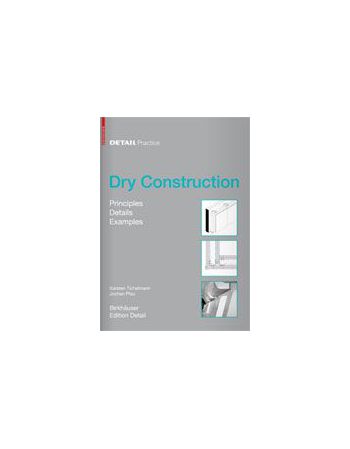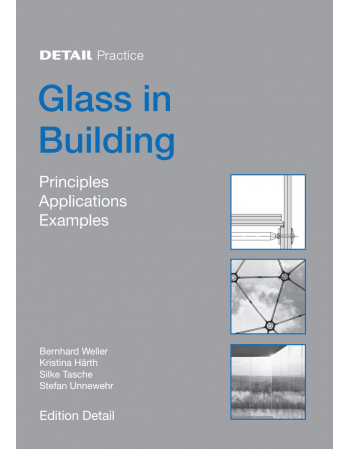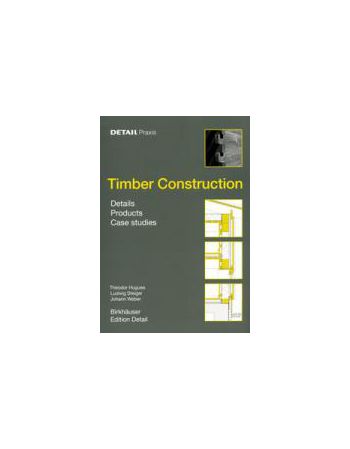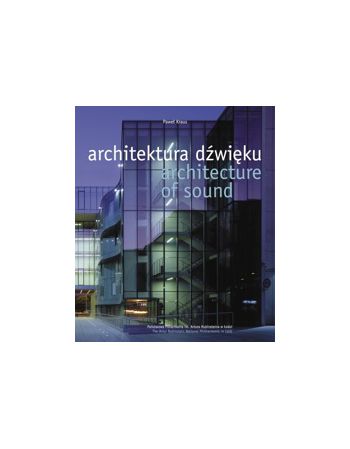Seria DETAIL Practice - Dry...
Dostępność: na zamówienie Detail-Practice: Dry Construction provides an overview of the most widely used dry construction systems, organized according to the building components wall, ceiling, and floor and their applications. The volume is conceived as a practical manual for design and planning. Dry construction in interior design employs "dry construction systems" in place of moisture-retaining materials such as concrete and plaster.




